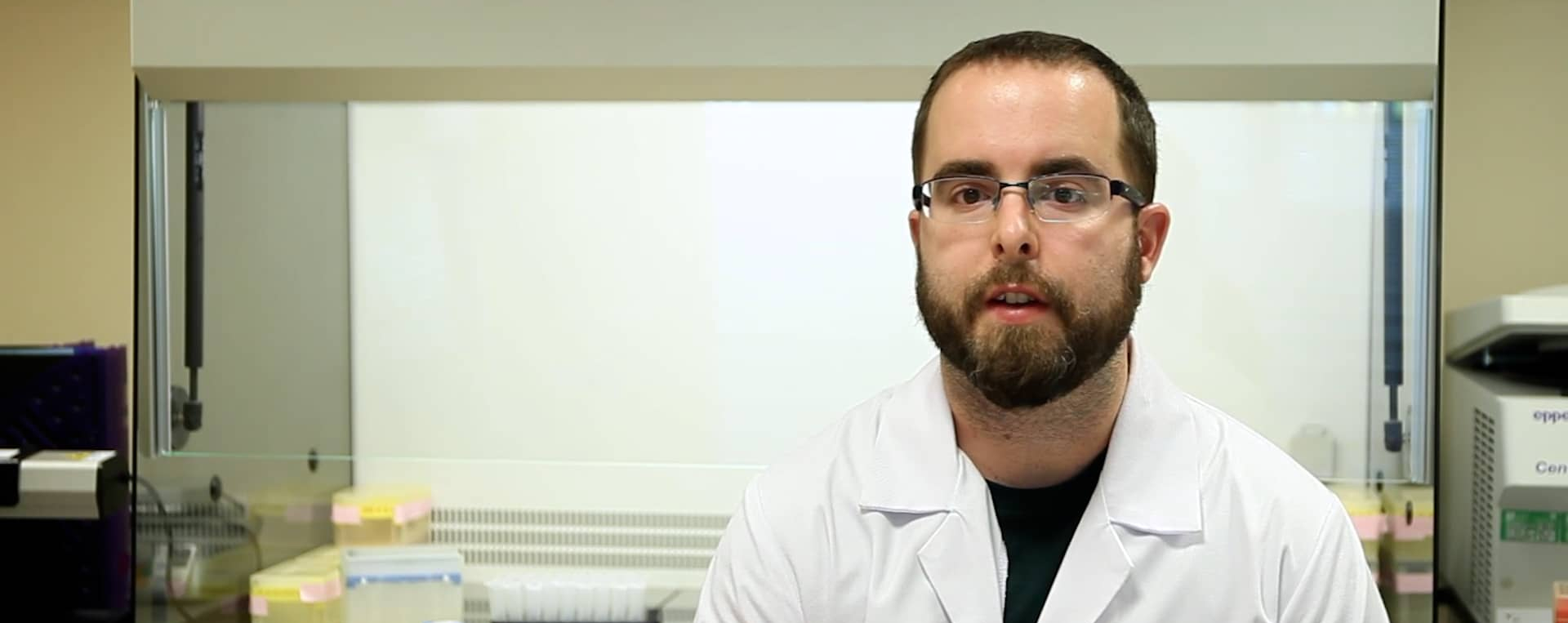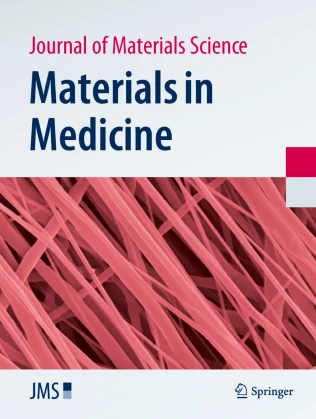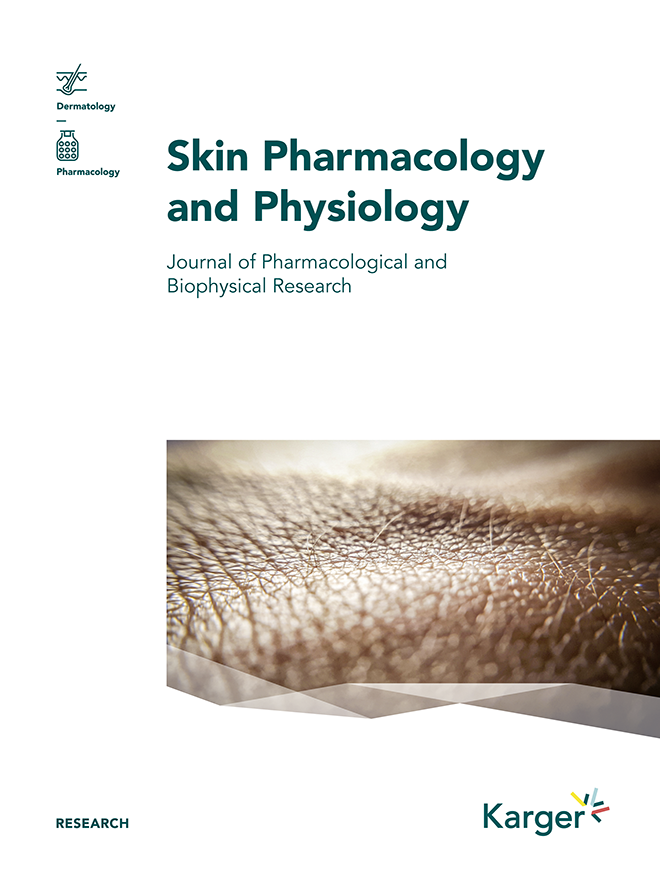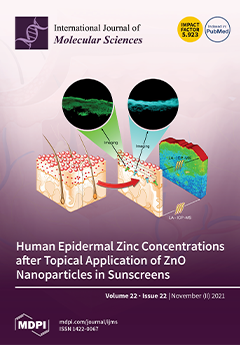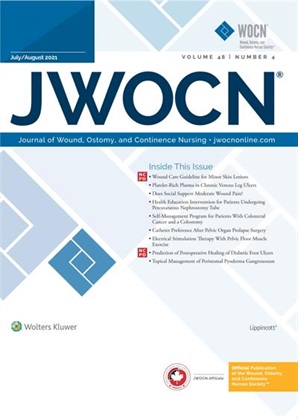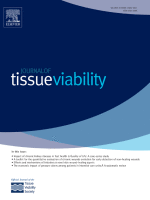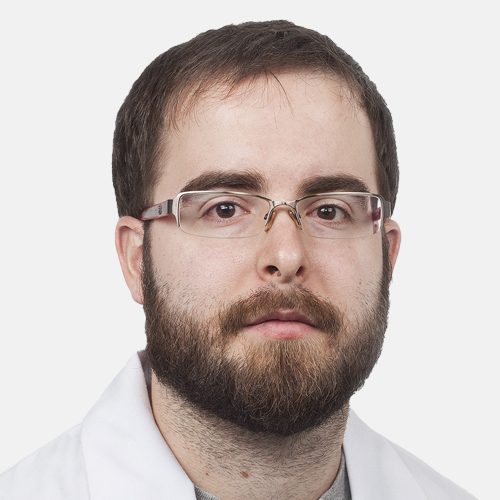
Ander Pino
PhD in Biotecnologie
Ricercatore nel Laboratorio di Ricerca e Sviluppo di Medicina Rigenerativa
Articoli pubblicati
- Autore:
- Eduardo Anitua
- Ander Pino
- Prado R
- Muruzabal F
- Alkhraisat MH
Biochemical and biomechanical characterization of an autologous protein-based fibrin sealant for regenerative medicine
J Mater Sci Mater Med. 2024 Mar 8;35(1):15 Accidental events or surgical procedures usually lead to tissue injury. Fibrin sealants have proven to optimize the healing process but have some drawbacks due to their allogeneic nature. Autologous fibrin sealants present several advantages. The aim of this study is to evaluate the performance of a new autologous fibrin sealant based on Endoret®PRGF® technology (E-sealant). One of the most widely used commercial fibrin sealants (Tisseel®) was included as comparative Control.
- Autore:
- Eduardo Anitua
- Ander Pino
- Victoria Muñoz
- Libe Aspe
- Roberto Tierno
- Adrian García-Salvador
- Felipe Goñi-de-Cerio
In vitro and in vivo Effect of Platelet-Rich Plasma-Based Autologous Topical Serum on Cutaneous Wound Healing
Skin Pharmacol Physiol. 2022;35(1):51-64. Skin injury and wound healing is an inevitable event during lifetime. However, several complications may hamper the regeneration of the cutaneous tissue and lead to a chronic profile that prolongs patient recovery. Platelet-rich plasma is rising as an effective and safe alternative to the management of wounds
- Autore:
- Eduardo Anitua
- Ander Pino
- Francisco Muruzabal
- Roberto Prado
- Mikel Azkargorta
- Felix Elortza
- Jesús Merayo-Lloves
Proteomic Characterization of Plasma Rich in Growth Factors and Undiluted Autologous Serum
Int J Mol Sci. 2021 Nov 10;22(22):12176. Over the last three decades, there has been special interest in developing drugs that mimic the characteristics of natural tears for use it in the treatment of several ocular surface disorders. Interestingly, the composition of blood plasma is very similar to tears. Therefore, different blood-derived products like autologous serum (AS) and plasma rich in growth factors (PRGF) have been developed for the treatment of diverse ocular pathologies.
- Autore:
- Eduardo Anitua
- Ander Pino
- Victoria Muñoz
- Carmen Martinez
- Begoña Echevarria
- Varlan Lacramioara
An Autologous Protein-Based Topical Ointment for Hard-to-Heal Skin Wounds: A Multiple Case Series
J Wound Ostomy Continence Nurs. 2021 Jul-Aug;48(4):350-355. There is increasing evidence regarding the wound healing potential of platelet-derived autologous by-products. We provide preliminary data regarding the use of a new plasma rich in growth factors-derived autologous topical ointment for the management of hard-to-heal wounds
- Autore:
- Eduardo Anitua
- Ander Pino
- Libe Aspe
- MaIsabel Martínez
- Adrian García
- Felipe Goñi
- María Troya
Anti-inflammatory effect of different PRGF formulations on cutaneous surface
J Tissue Viability. 2021 May;30(2):183-189. Cutaneous autoimmune and inflammatory diseases are a major burden of global disease and many lack effective treatments that can derive in different dermatoses like atopic dermatitis. Despite the increase prevalence and the high health-care costs worldwide, the heterogeniety and multifactoriality of these diseases mean that effective treatment options are scarce.

 Español
Español
 English
English
 Français
Français
 Deutsch
Deutsch
 Português
Português

